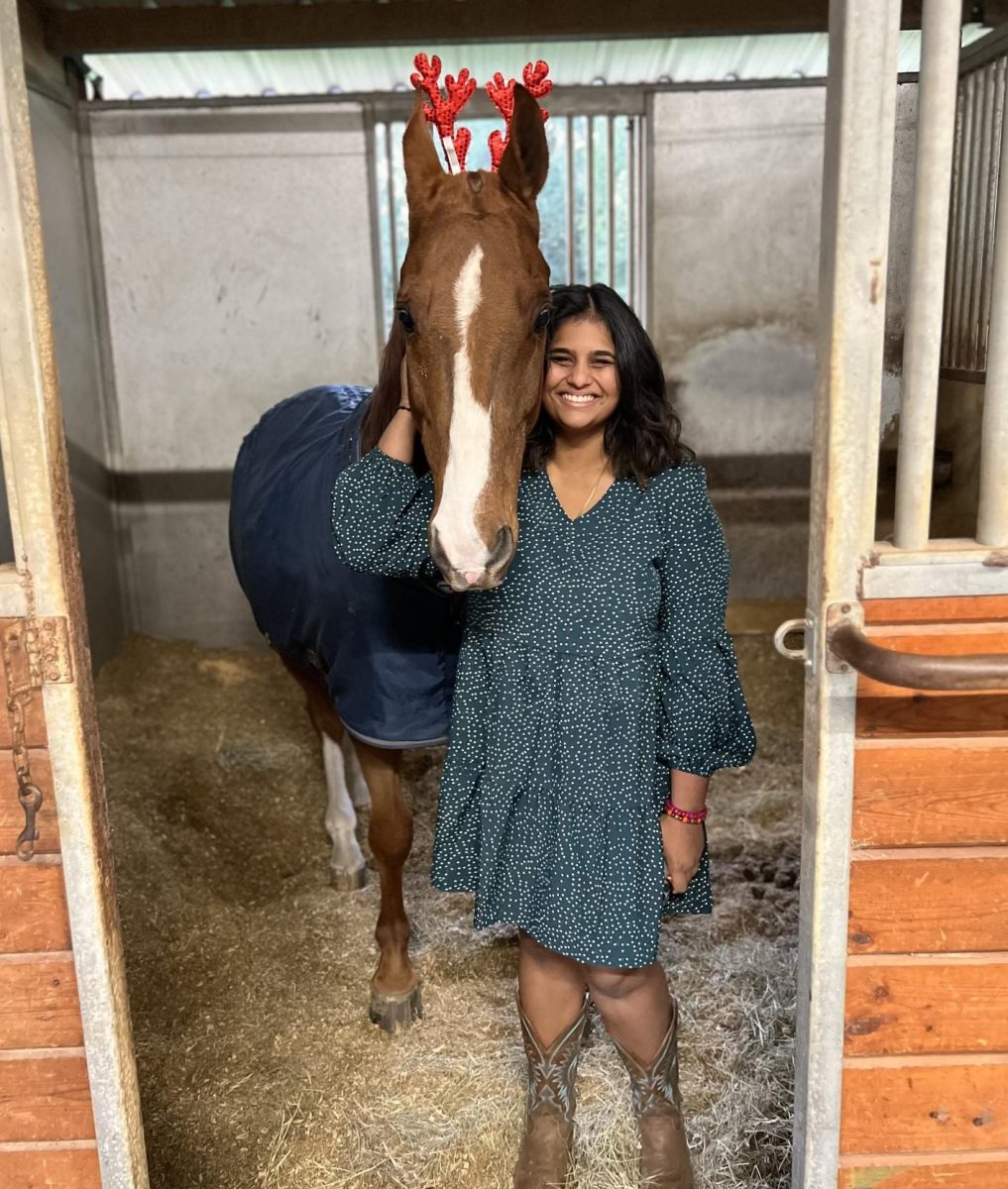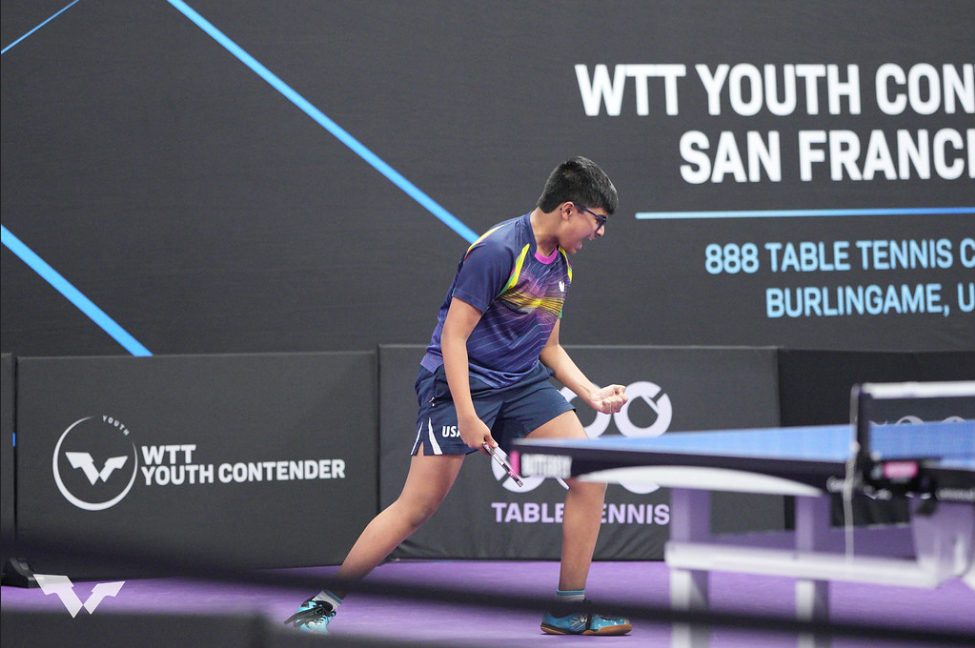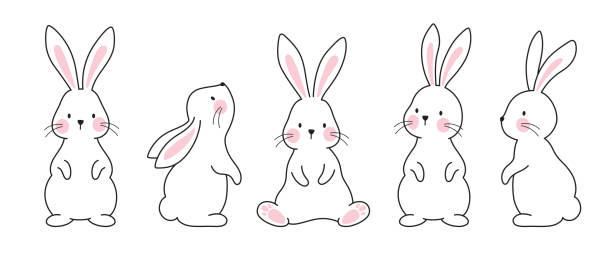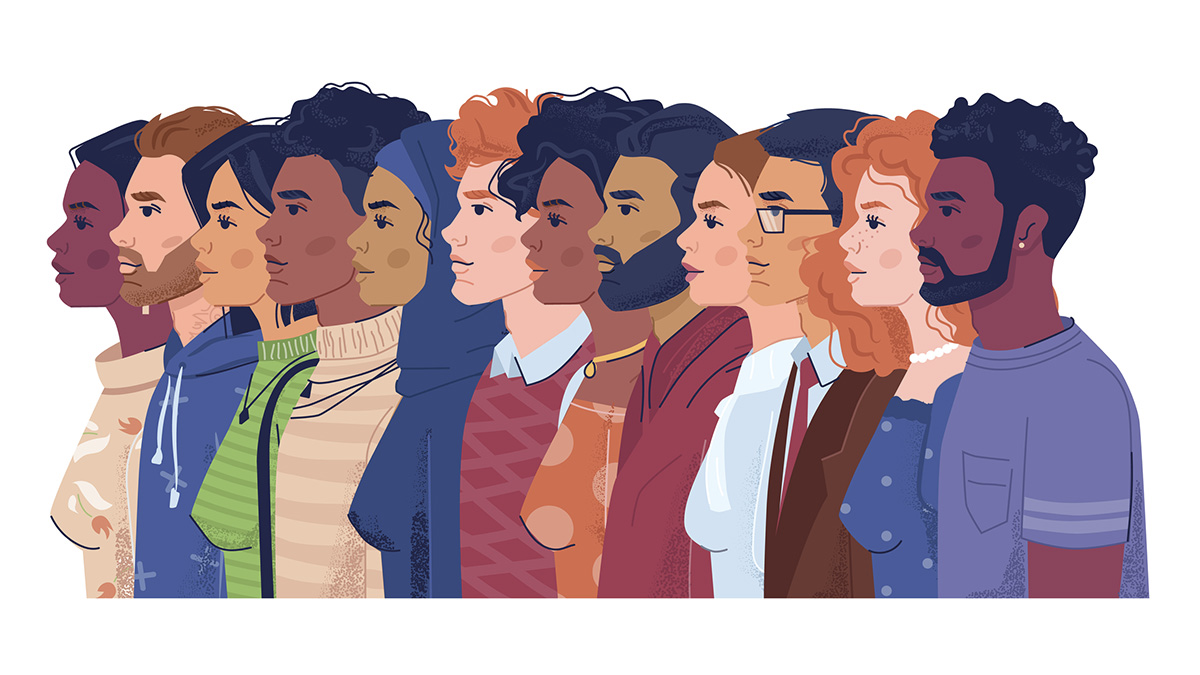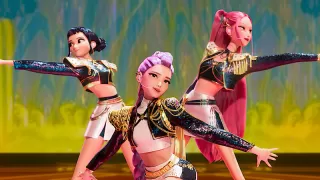When thinking of different forms of physical and mental therapy, horse therapy, also known as Equine-assisted therapy, is likely one of the last types that comes to mind. However, junior Ria Raju volunteers at SIRE – Therapeutic Horsemanship where she aids in providing horse therapy for children and adults every Saturday morning. Raju allows the patients to mount the horses she leads, which is the process of putting a lead on a horse and walking it.
“I’ve been riding horses since I was four. At 14, I started teaching camps at the barn [and] that is what led me to SIRE,” Raju said. “With the previous experience of teaching kids, it was easy to just flow with it.”
Raju has always had a passion for working with horses, and SIRE – Therapeutic Horsemanship provides her the opportunity to not only spend time with horses, but actively help her community. Raju provides instruction for horse-assisted therapy sessions for a range of disabled children and adults, starting as young as six to middle-aged adults.
“Seeing how resilient disabled kids and adults are made me want to help out,” Raju said. “At the time, they also needed several volunteers, so I feel like I’ve made a difference.”
Although this form of therapy is often overlooked because it is not well-known, that does not mean it is ineffective. As Husson University states: “Researchers have found a direct connection between interacting with animals and enjoying positive health benefits.”
“When they get here they are one person,” Raju said. “[But] whether they know it or not, they change as people emotionally and sometimes physically by the time they leave.”
Raju notes how positive horse therapy can be, how horse therapy has changed her life and how it has shaped possible future career aspirations.
“SIRE has shaped what I want to do in the future,” Raju said. “[It’s shown me that] I want to do something that helps people because the feeling of helping people is way better than anyone can describe.”

